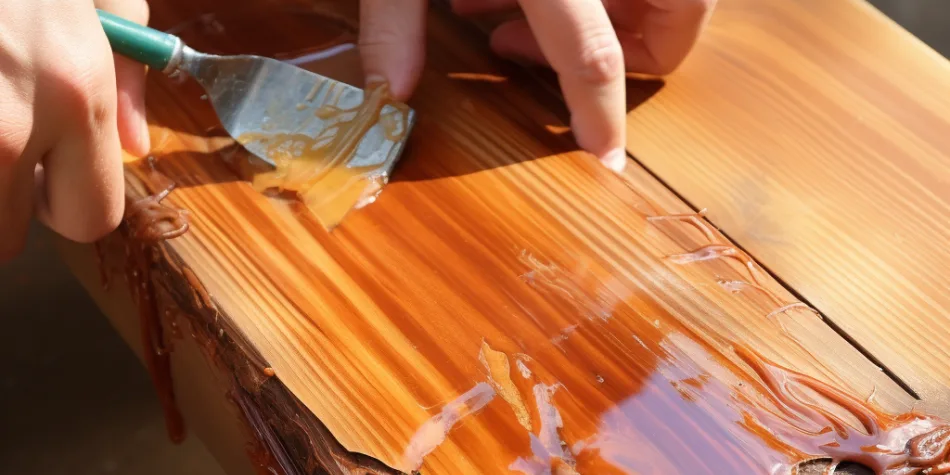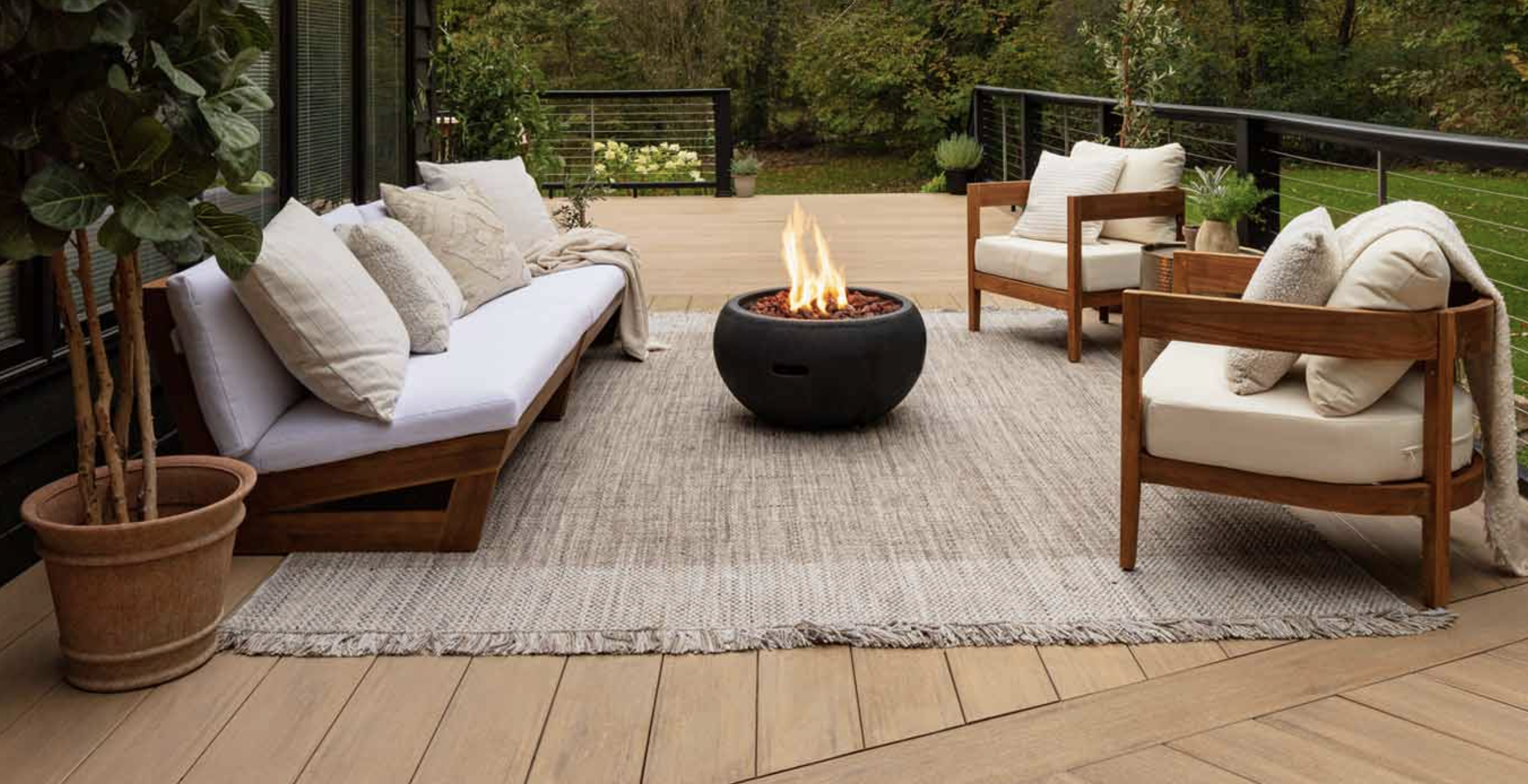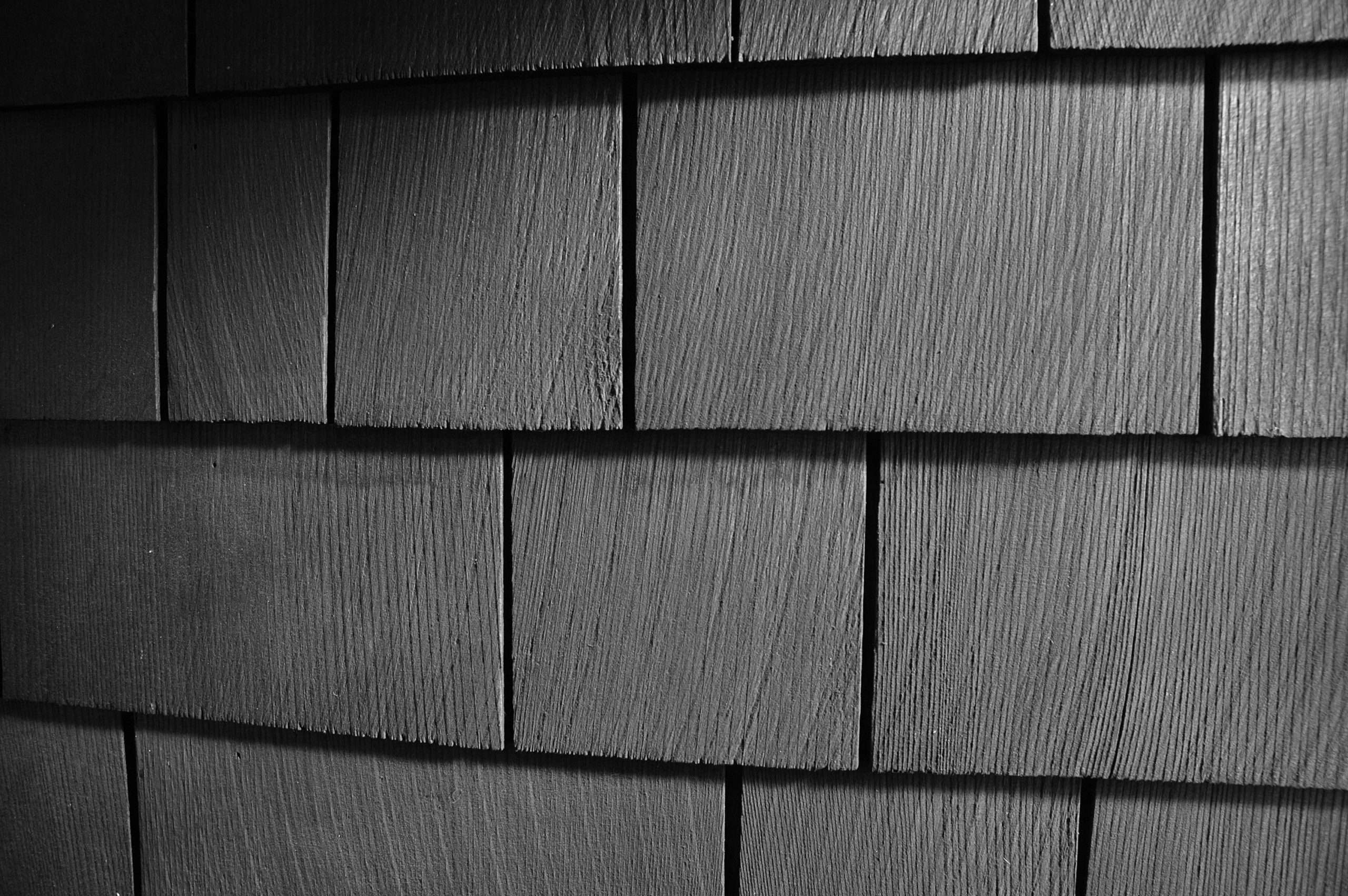Did you ever hear that joke back-in-the-days that people used to razz their friend who drove around a beaten up car? “Hey buddy! I didn’t know they made cars in the color Bondo. WAAHAHAHA!” Bondo was one of the original brand names that produced a chemical compound patch for your car that would fill in places rust had created holes.
Did you know that products such as this work for your home? These products are known as wood epoxy fillers. When it comes to repairing minor damage to wood substrates sometimes an epoxy filler is an easier, and more cost efficient option than replacing the whole board. While there are many different types of wood fillers, professionals recommend epoxy based wood fillers.
Table of Contents
- How it Works
- Which Epoxy Filler Should you Choose?
- Good As New
How it Works
So how do these wood epoxy fillers work to ensure your wood is ready for a new life? The first step to create a permanent and stable bond is to coat the exposed wood with a wood hardener. The wood hardener soaks up into the wood where the damage has occurred and creates a hard surface attached to the exposed wood that's ready to adhere to the resin.
Once the wood hardener has cured, the next step is to fill the hole with the resin starting little by little to fill up every hole possible. This step is critical to ensure that there's no air bubbles between the wood surface and the resin filler.
After it's become clear that every gap has been filled, the rest of the area is filled with resin to match the desired surface profile. The product then cures for as long as the manufacturer recommends and your wood will be good as new.
Which Epoxy Filler Should you Choose?
When searching for an epoxy wood filler, look for a shrink-free epoxy that's considered permanent and structurally stable. These properties are critical to achieve the look of natural wood and create a like-new substrate that's resistant to UV exposure, insects, and water damage.
There are quite a few wood epoxy filler products on the market. We here at Rogall + Co. recommend Abatron as the leader in epoxy wood fillers. There are multiple brands but important things to consider when choosing a wood epoxy filler is that the product is non-shrink, so it won’t shift after application, and that the process includes a wood hardener.
Also consider the Volatile Organic Compounds (VOC) emissions related to the product to ensure the health and safety of you or the technician completing the work. Keep an eye on the product's promised longevity, which will enlighten the resilience to elemental decay.
Good As New
If you follow the guidance above, your wood will be good as new, and you will be able to sand, paint, drill, and nail into your new repair. Fortunately for you, these products are a breeze to paint over, so no one will ever make fun of your home being “Wood Epoxy Color.”








